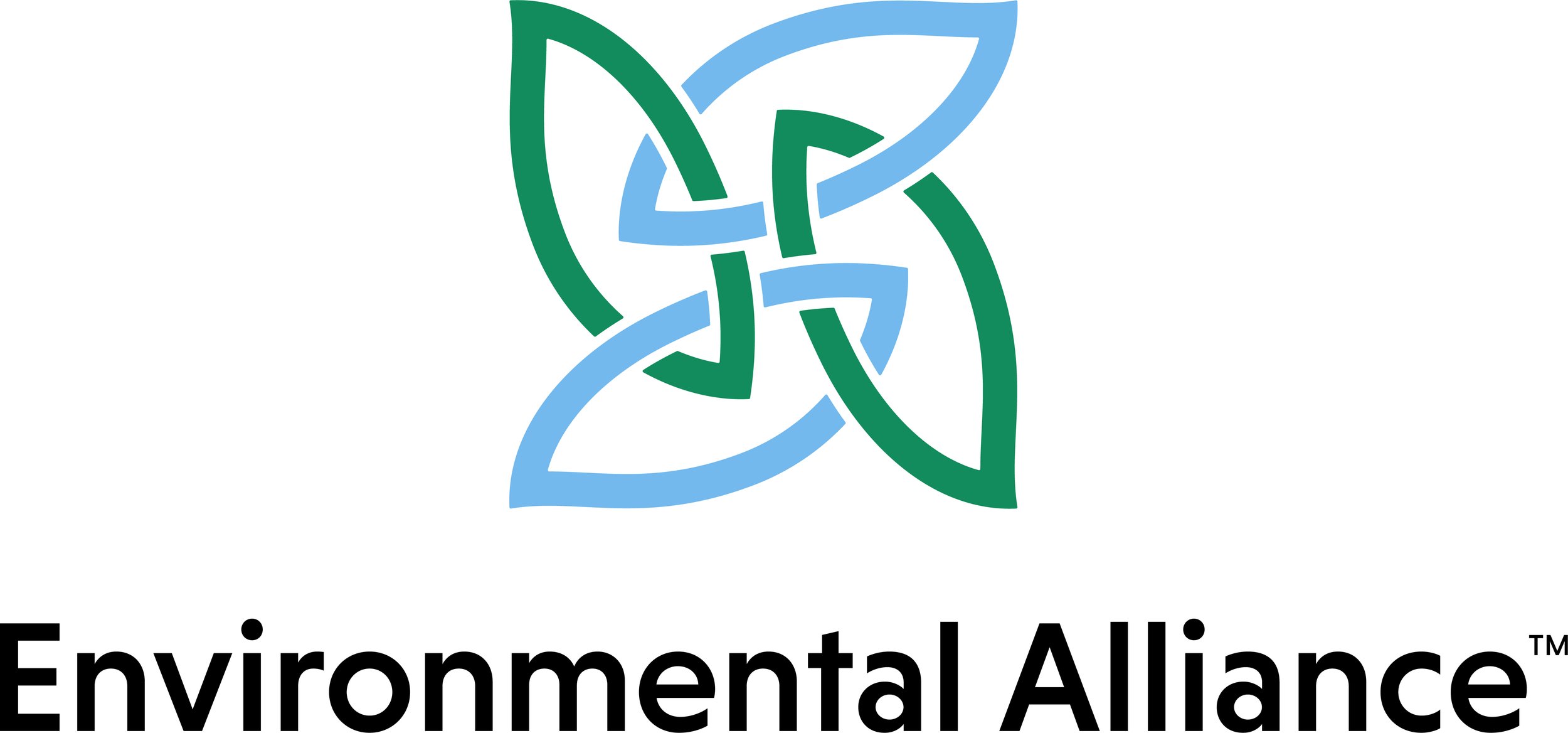3 Ways Littering Hurts Humans Too
We have all seen the images of whales washed up on the beach with stomachs full of bags and turtles getting straws pulled out of their noses. While we may all know a lot about the impacts of litter on marine ecosystems, we know very little about the human lives on land that are put in jeopardy every day due to litter.
I research litter on land to help us avoid its harmful effects. Impacts to human life from litter are a new topic of scientific research, and three demonstrated examples in recent reports continue to keep me up at night. Here are three ways that litter is hurting humans too.
3 ways litter hurts humans too
Litter kills drivers.
Photo Credit: Live and Invest Overseas
As if driving wasn’t dangerous enough already, litter makes it worse. Many of us have experienced the hazard of litter on the road.
If not, picture this: you are driving down the highway and suddenly a box or a refrigerator appears in front of you. You swerve out of the way only to narrowly escape a wreck.
While this was an accident avoided for you today, some drivers have not been lucky. AAA reports that 50,000 car crashes happen every year in the United States due to litter on the road and 125 of those are fatal (AAA, 2016).
That means someone dies due to roadside litter roughly 2 times every week.
2. Litter creates floods
Photo Credit: Vietnam News
Floods happen in cities when the rate of rain or streamflow exceeds the infrastructure’s ability to divert it. City infrastructure is typically built to withstand a very high rate of rainfall or streamflow without flooding the city.
Litter can build up in storm drains like a blood clot. When litter clogs storm drains and streets, the infrastructure’s diversion capability is decreased, and in some situations, this will cause flooding (Honingh 2018). Examples of this happening exist around the world from HCM City, Vietnam to Los Angeles, USA.
The exact cost of damage from flooding due to litter is hard to measure, but for every reduction in infrastructure capacity, there is an increased likelihood of flooding and for any given flood the hazards include loss of life and property.
3. Litter creates breeding grounds for mosquitos.
Photo Credit: EPA Blog
Mosquitos breed in stagnant or ponded water. In many regions where mosquitos persist, people make sure not to leave out ponded water. A spare tire, a plastic cup, or a bag with water can be a breeding ground for mosquitoes, thus increasing the risk of the infectious diseases that mosquitoes carry (LaDeau et al. 2013).
One primary example of this is in Ghana. Malaria is one of the leading causes of death in Ghana, and a part of the reason is the high concentration of litter which creates ponded water for mosquitoes to breed.
Litter puts human lives in danger.
Litter has a direct impact on the ecosystems it inhabits, and we humans often forget that we exist within those ecosystems. Litter not only poses hazards to wildlife, but it poses risks to human life every day.
The serious threats of traffic collisions, flooding, and mosquito-borne illnesses are complex, and we need more strategies to understand and address the influence of litter on them. For example, there is evidence that plastic debris specifically is more harmful than organic litter due to its persistence and durability (Honingh 2018). We need more research in this area, and we need consumer-producer awareness. After all, we tend to care more about an issue when it directly impacts our lives.
The best way to prevent litter from causing these risks to people is to stop it from getting into the environment in the first place. In the cases where prevention was not accomplished, cleanup may be necessary to avoid these hazards.
+3 References
AAA. 2016. “The Prevalence of Motor Vehicle Crashes Involving Road Debris, United States, 2011– 2014.” https://newsroom.aaa.com/wp-content/uploads/2016/08/RoadDebris_REPORT_2015.pdf
Honingh, D. F. 2018. “RIVERINE DEBRIS: INTERACTIONS BETWEEN WASTE AND HYDRODYNAMICS FIELD MEASUREMENTS AND LABORATORY EXPERIMENTS FOR THE CIKAPUNDUNG RIVER, BANDUNG.” Edited by dr ir N. C. van de Giesen. MS in Civil Engineering, Delft University of Technology.
LaDeau, Shannon L., Paul T. Leisnham, Dawn Biehler, and Danielle Bodner. 2013. “Higher Mosquito Production in Low-Income Neighborhoods of Baltimore and Washington, DC: Understanding Ecological Drivers and Mosquito-Borne Disease Risk in Temperate Cities.” International Journal of Environmental Research and Public Health 10 (4): 1505–26..



